One of the most important reading skills to teach our students is asking and answering questions. Any of you who have spent time with young children as a parent or caregiver know that almost a soon as children start talking beyond the babbling stage, they ask questions. Sometimes it is their tone of voice that tells us a child is asking something and sometimes they ask questions with “why” that can drive us a bit crazy!
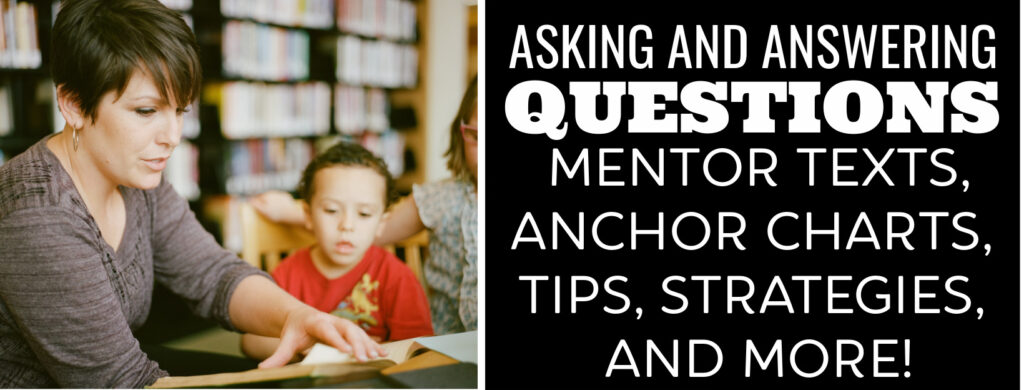
Unfortunately, when children come to school, we want them to be quiet and listen. Their questions can be squelched.
In reality, their questions are exactly what we need to hear! Don’t yo think?!?
What they wonder can lead us to book choices that engage their minds and take children to the world of books and reading. No wonder that research shows us that proficient readers are always asking their own questions as they read: questions to clarify misunderstandings, questions to satisfy curiosity, and questions to probe more deeply into new and meaningful ideas.
As Harper Lee said, “The book to read is not the one that thinks for you but the one that makes you think”.
MENTOR TEXTS TO TEACH ASKING AND ANSWERING QUESTIONS
♥The Empty Pot and The Shady Tree are both written by Demi. The author gets and keeps readers / listeners guessing all along the way. This guessing leads to the children asking interesting questions. During an interactive read aloud children can ask their questions for the teacher to record on chart paper or the children can record their questions on sticky notes to explore in small group discussions after the read aloud.
♥The Wise Woman and Her Secret by Eve Merriam is a great one when teaching kids to ask questions while reading. The woman’s secret is a mystery and kids will find themselves asking questions left and right until they discover what the mystery is at the end of the book. The child in the story learns that the secret to wisdom is to “wander and wonder” which is exactly why we want children to ask questions as they read.
♥The Stranger by Chris VanAllsburg is a very strange book, as are many of his books (The Mysteries of Harris Burdick, The Widow’s Broom, to name a couple more). When picking books for asking questions, almost of his books would be a good fit, especially for children in upper second and third grade. Just looking at VanAllsburg’s illustrations can elicit tons of questions.
♥William Steig’s books foster the mind set of asking questions. Sylvester and the Magic Pebble by William Steig is a favorite that encourages asking questions with multiple possible answers but so do his books like Dr. De Soto and The Amazing Bone.
♥Mysteries and books that are full of suspense make great books for getting kids into asking questions as they read. You really can’t help but ask questions with a mystery story and you really do want to keep reading to find out the answers! Young readers may enjoy the Nate the Great (Marjorie Weinman Sharmat), Cam Jansen (David Adler) or A to Z Mysteries (Ron Roy) and all three of these series support wondering while reading.
WHY DO WE TEACH THE SKILL OF ASKING AND ANSWERING QUESTIONS?
The reason we want our students to learn how to ask questions while reading is so that they will better comprehend the text. The whole purpose of reading is to both learn and enjoy. Good readers almost naturally think about their reading and ask practical questions to help them understand the book they are reading (perhaps because it was modeled for them during lap stories). These are the same children that drove us crazy with their questions even before they come to school!
We want students to learn ask thoughtful questions about life in general. A few great benefits to this thinking approach to text include:
Students stay engaged with a topic when they are asking questions.
Asking questions naturally leads to wanting to keep exploring to find answers.
Questioning helps build comprehension as students check for understanding while searching for answers as they listen, watch, or read.
Unanswered questions lead students to investigate resources to continue their search for more information or answers. Let’s Google it!
STRATEGIES TO TEACH THE SKILL OF ASKING AND ANSWERING QUESTIONS
As teachers, we don’t want the goal to be just to find the answers. We want our students to search, think, and interact with the text of many forms to develop their own ideas. The best way to do this is to think out loud your own questions to show students your thought process.
Choose a favorite book, read it out loud, and share the questions you have about the book or the topic. To make this easier for you, you can place sticky notes with the questions you want to ask aloud in the book ahead of time. Then, share your thinking as you interact with the text and search for answers to your questions. Talk about the important words you used in your questions such as the basic:
- WHO?
- WHAT?
- WHEN?
- WHERE?
- WHY?
- HOW?
And the more expansively:
- I wonder...
- Why did...
- What if ...
- I don't understand...
- I'm still confused by...
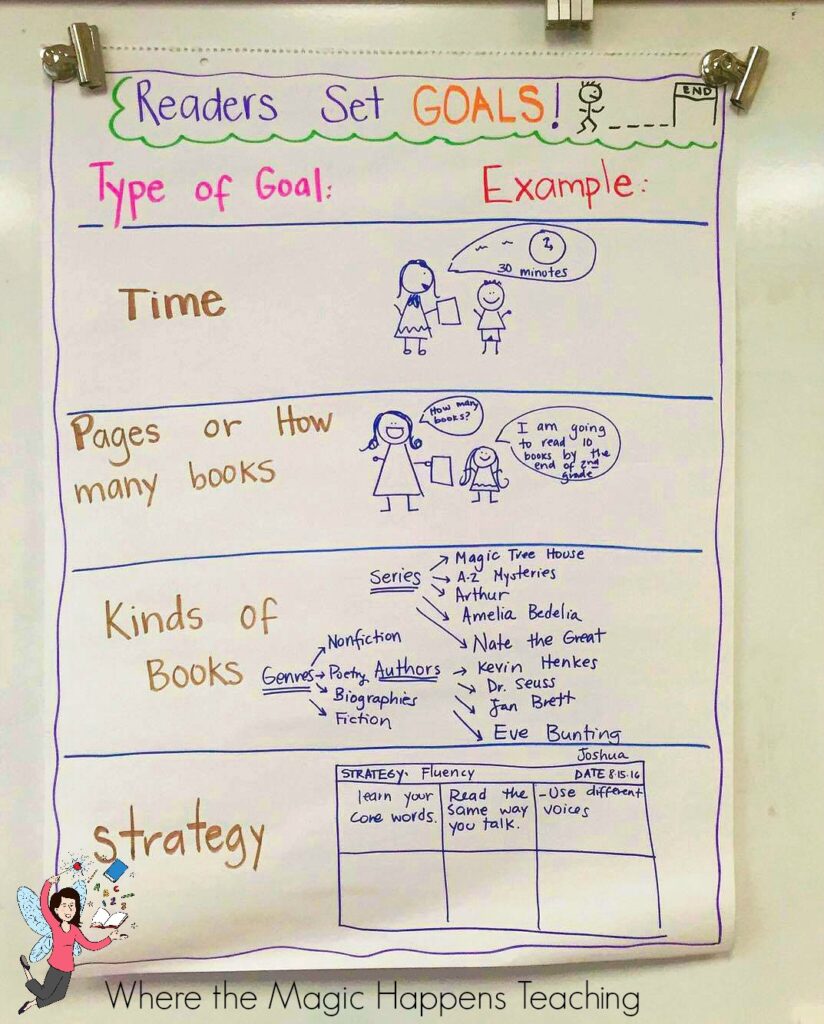
TIPS TO TEACH ASKING AND ANSWERING QUESTIONS
Use wonderful books for modeling and guiding how to ask questions to help your students gain a better foundation of thinking while listening and reading. It is not about guessing the answer the teacher has in his/her head but developing ideas based on what is known so far. Remember, teaching readers to ask questions doesn’t have to be complicated.
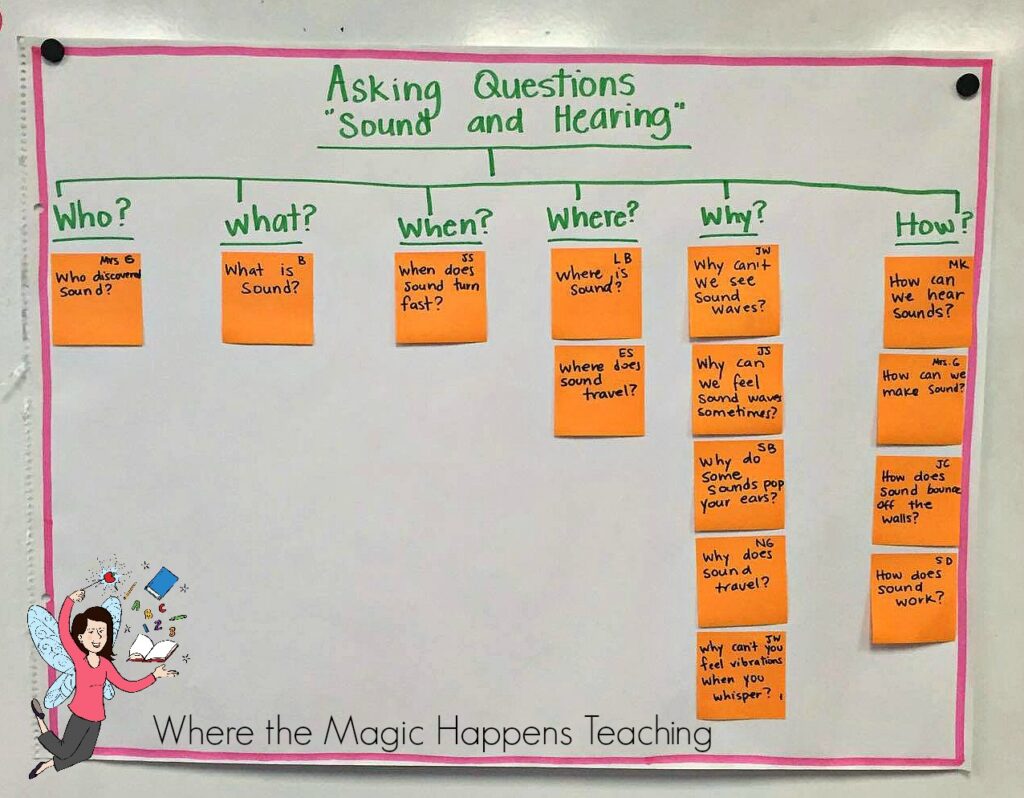
We can sum it all up with three simple steps:
Model, model, model your thinking and asking questions.
Use quality books, such as those suggested above, that lend themselves naturally to asking good questions because of the author’s writing style.
Provide students with time to read and ask them about their questions when you conference with them about books.
This will stretch our student’s minds into new horizons, leading them to wonder, explore, follow their own curiosity, and think for themselves. Afterall, the learner’s questions are the ones that matter the most!
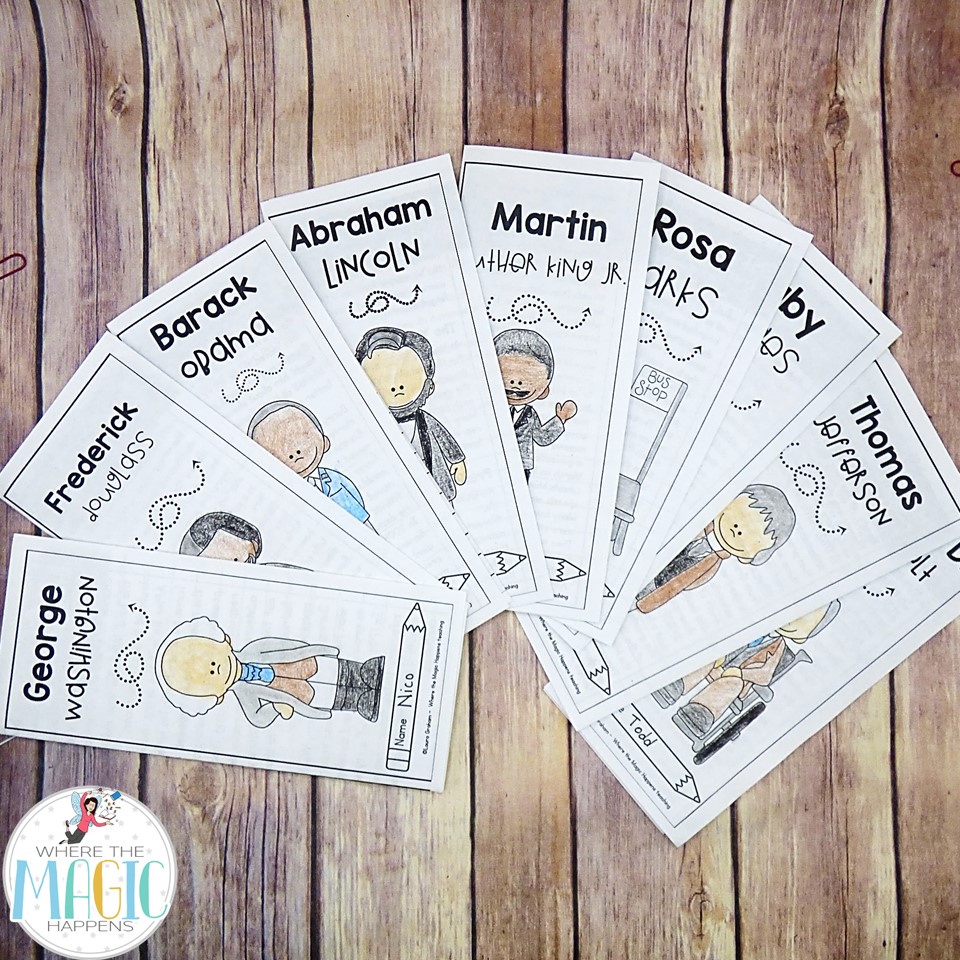
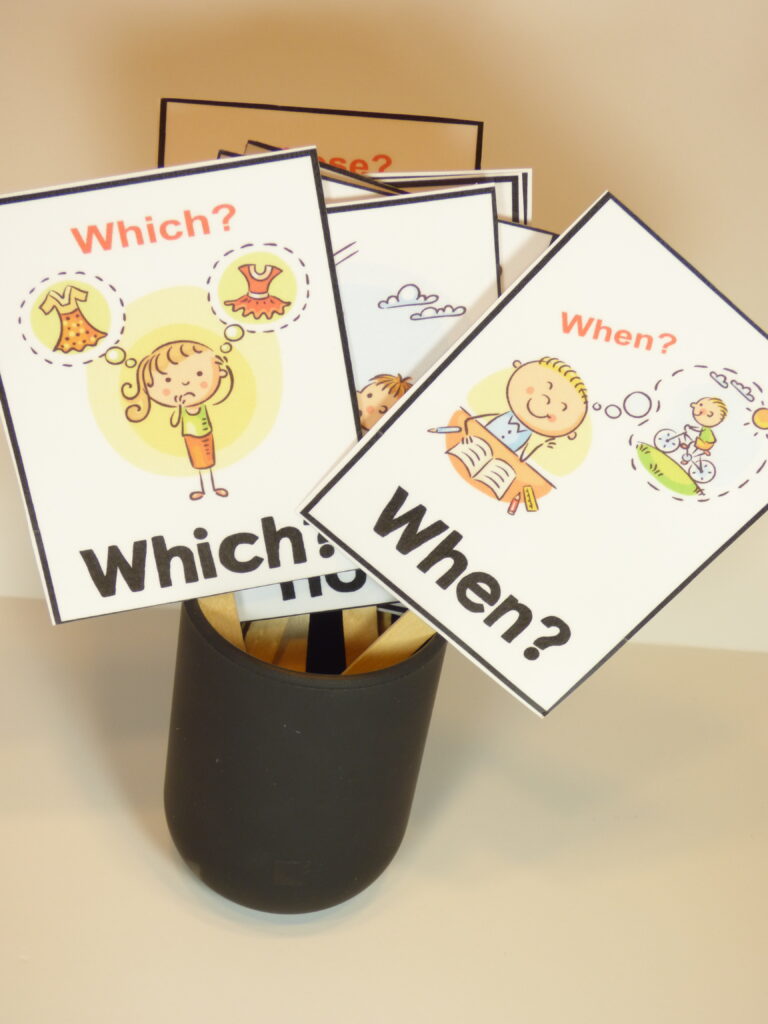
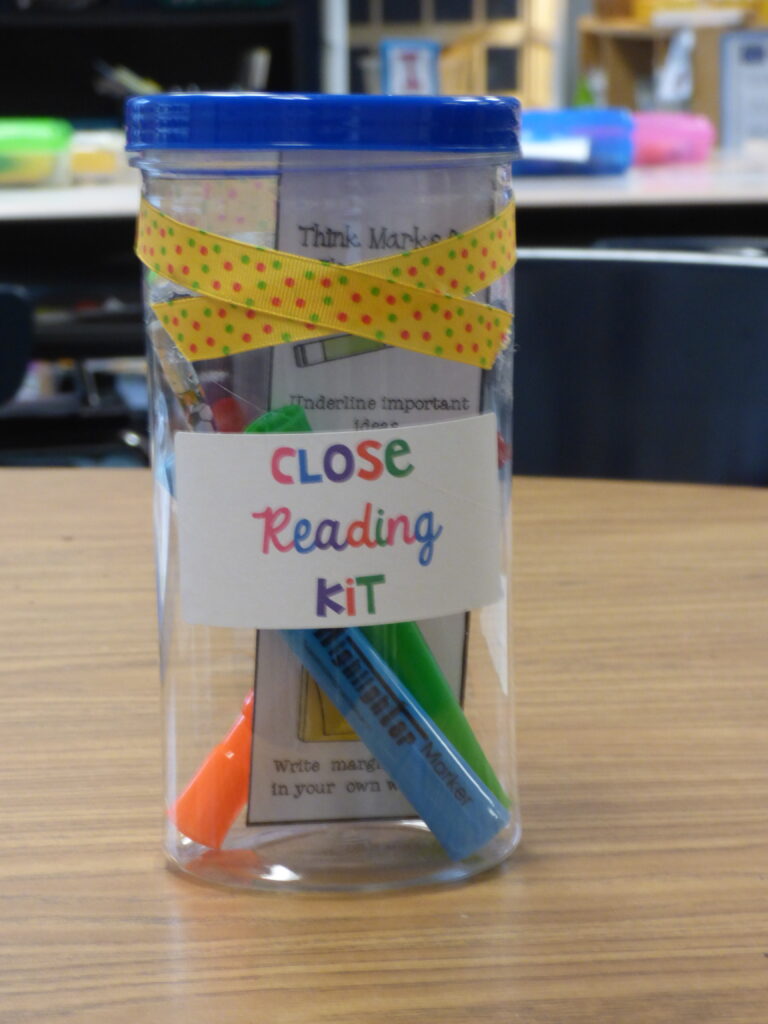

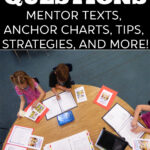
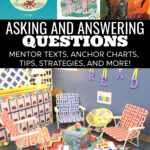
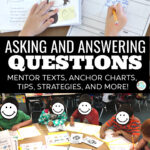
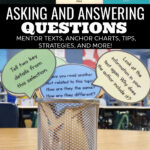
Leave a Reply